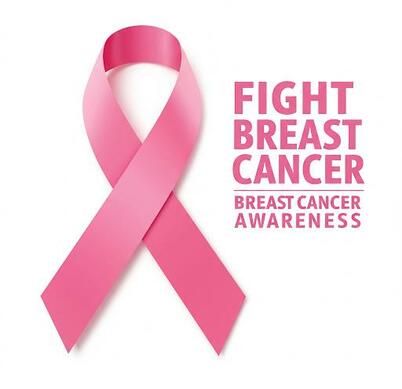
What are the symptoms of breast cancer?
Common symptoms include a lump or thickening in the breast or underarm, changes in the size or shape of the breast, dimpling or puckering of the skin, nipple discharge, and redness or scaling of the nipple or breast skin.
What are the risk factors for breast cancer?
Risk factors include age, family history of breast cancer, genetic mutations (such as BRCA1 and BRCA2), personal history of breast cancer, radiation exposure, obesity, and hormone replacement therapy after menopause.
Can men get breast cancer?
Yes, men can get breast cancer, although it is rare. Men with a strong family history of breast cancer or genetic mutations are at higher risk.
How can breast cancer be prevented?
While there is no sure way to prevent breast cancer, risk can be reduced by maintaining a healthy weight, exercising regularly, limiting alcohol intake, avoiding smoking, and having regular screenings.
What are the treatment options for breast cancer?
Treatment options include surgery, radiation therapy, chemotherapy, hormone therapy, and targeted therapy. The choice of treatment depends on the stage and type of cancer, as well as the patient's overall health.
Can breast cancer be cured?
The chances of curing breast cancer depend on the stage at which it is diagnosed and how well it responds to treatment. Early detection and effective treatment can significantly improve the chances of a cure.
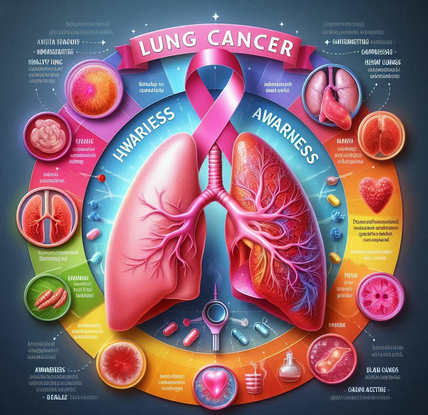
What are the symptoms of lung cancer?
Common symptoms include a persistent cough, shortness of breath, chest pain, unexplained weight loss, and constant fatigue. Coughing up blood can also be a symptom.
What are the risk factors for lung cancer?
Major risk factors include smoking, exposure to secondhand smoke, exposure to chemicals like asbestos and radon, and a family history of lung cancer.
Can non-smokers get lung cancer?
Yes, non-smokers can get lung cancer. Other factors such as exposure to chemicals and environmental pollutants can increase the risk.
How can lung cancer be prevented?
Risk can be reduced by quitting smoking, avoiding secondhand smoke, reducing exposure to harmful chemicals, and having regular screenings for early detection.
What are the treatment options for lung cancer?
Treatment options include surgery, radiation therapy, chemotherapy, targeted therapy, and immunotherapy. The choice of treatment depends on the stage and type of cancer, as well as the patient's overall health.
Can lung cancer be cured?
The chances of curing lung cancer depend on the stage at which it is diagnosed and how well it responds to treatment. Early detection and effective treatment can significantly improve the chances of a cure.
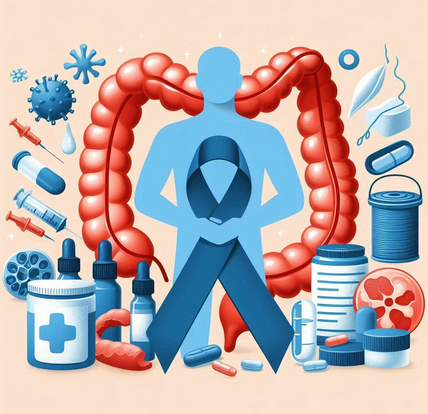
What are the symptoms of colon cancer?
Common symptoms include changes in bowel habits such as diarrhea or constipation, blood in the stool, persistent abdominal discomfort, a feeling that the bowel doesn't empty completely, weakness or fatigue, and unexplained weight loss.
What are the risk factors for colon cancer?
Risk factors include older age, a personal or family history of colon cancer or polyps, inflammatory intestinal conditions, a low-fiber, high-fat diet, a sedentary lifestyle, diabetes, obesity, smoking, and alcohol.
How can colon cancer be prevented?
Prevention strategies include regular screening, maintaining a healthy diet rich in fruits, vegetables, and whole grains, exercising regularly, maintaining a healthy weight, avoiding smoking, and limiting alcohol consumption.
What are the screening options for colon cancer?
Screening options include colonoscopy, stool tests (such as fecal occult blood test or FIT), flexible sigmoidoscopy, and CT colonography (virtual colonoscopy).
What are the treatment options for colon cancer?
Treatment options include surgery, radiation therapy, chemotherapy, targeted therapy, and immunotherapy. The choice of treatment depends on the stage of the cancer and the patient's overall health.
Can colon cancer be cured?
The chances of curing colon cancer depend on the stage at which it is diagnosed and how well it responds to treatment. Early detection and effective treatment can significantly improve the chances of a cure.
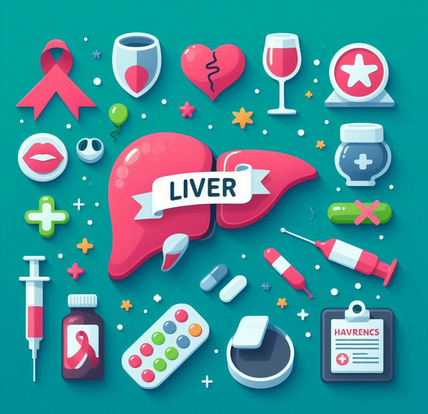
What are the symptoms of liver cancer?
Common symptoms include fatigue, jaundice (yellowing of the skin), pain, easy bruising or bleeding, and weight loss.
What are the risk factors for liver cancer?
Risk factors include chronic infections with hepatitis B or C, cirrhosis, excessive alcohol consumption, obesity, and certain inherited liver diseases.
How can liver cancer be prevented?
Prevention strategies include vaccination against hepatitis B, avoiding excessive alcohol consumption, maintaining a healthy weight, and managing conditions like hepatitis C promptly.
How is liver cancer detected?
Liver cancer can be detected through imaging studies such as ultrasound, CT scans, MRI, and routine physical exams with blood tests.
What are the treatment options for liver cancer?
Treatment options include surgery, radiation therapy, chemotherapy, targeted therapy, and liver transplantation. The choice of treatment depends on the stage of the cancer and the patient's overall health.
Can liver cancer be cured?
The chances of curing liver cancer depend on the stage at which it is diagnosed and how well it responds to treatment. Early detection and effective treatment can significantly improve the chances of a cure.
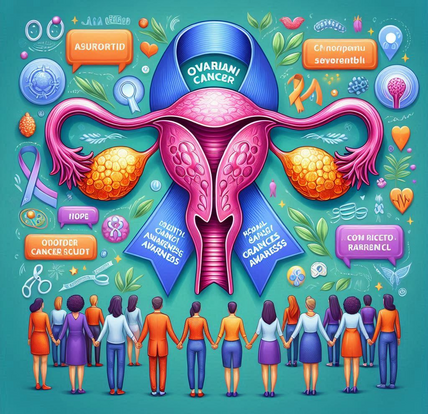
What are the symptoms of ovarian cancer?
Common symptoms include bloating, pelvic or abdominal pain, difficulty eating or feeling full quickly, and urinary symptoms such as urgency or frequency.
What are the risk factors for ovarian cancer?
Risk factors include age (especially after menopause), family history of ovarian or breast cancer, genetic mutations (such as BRCA1 and BRCA2), and never having been pregnant.
How can ovarian cancer be prevented?
While there is no sure way to prevent ovarian cancer, risk can be reduced by using oral contraceptives, having children, breastfeeding, and undergoing tubal ligation or hysterectomy if medically appropriate.
What are the screening options for ovarian cancer?
There are no routine screening tests for ovarian cancer for the general population. However, for those at high risk, transvaginal ultrasound and CA-125 blood tests may be used.
What are the treatment options for ovarian cancer?
Treatment options include surgery to remove the tumor, chemotherapy, radiation therapy, and targeted therapy. The choice of treatment depends on the stage of the cancer and the patient's overall health.
Can ovarian cancer be cured?
The chances of curing ovarian cancer depend on the stage at which it is diagnosed and how well it responds to treatment. Early detection and effective treatment can significantly improve the chances of a cure.
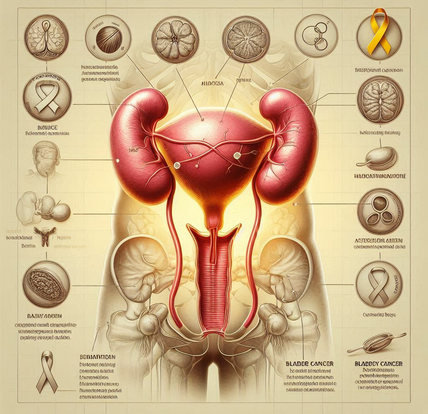
What are the symptoms of bladder cancer?
Common symptoms include blood in the urine, pain during urination, frequent urination, and lower back pain.
What are the risk factors for bladder cancer?
Risk factors include smoking, exposure to certain chemicals, chronic bladder infections, and a family history of cancer.
How can bladder cancer be prevented?
Risk can be reduced by quitting smoking, avoiding exposure to harmful chemicals, maintaining a healthy lifestyle, and drinking plenty of water.
What are the screening options for bladder cancer?
Screening options include urine tests, cystoscopy (a procedure to look inside the bladder), and imaging tests like ultrasound or CT scans.
What are the treatment options for bladder cancer?
Treatment options include surgery, chemotherapy, radiation therapy, and immunotherapy. The choice of treatment depends on the stage of the cancer and the patient's overall health.
Can bladder cancer be cured?
The chances of curing bladder cancer depend on the stage at which it is diagnosed and how well it responds to treatment. Early detection and effective treatment can significantly improve the chances of a cure.